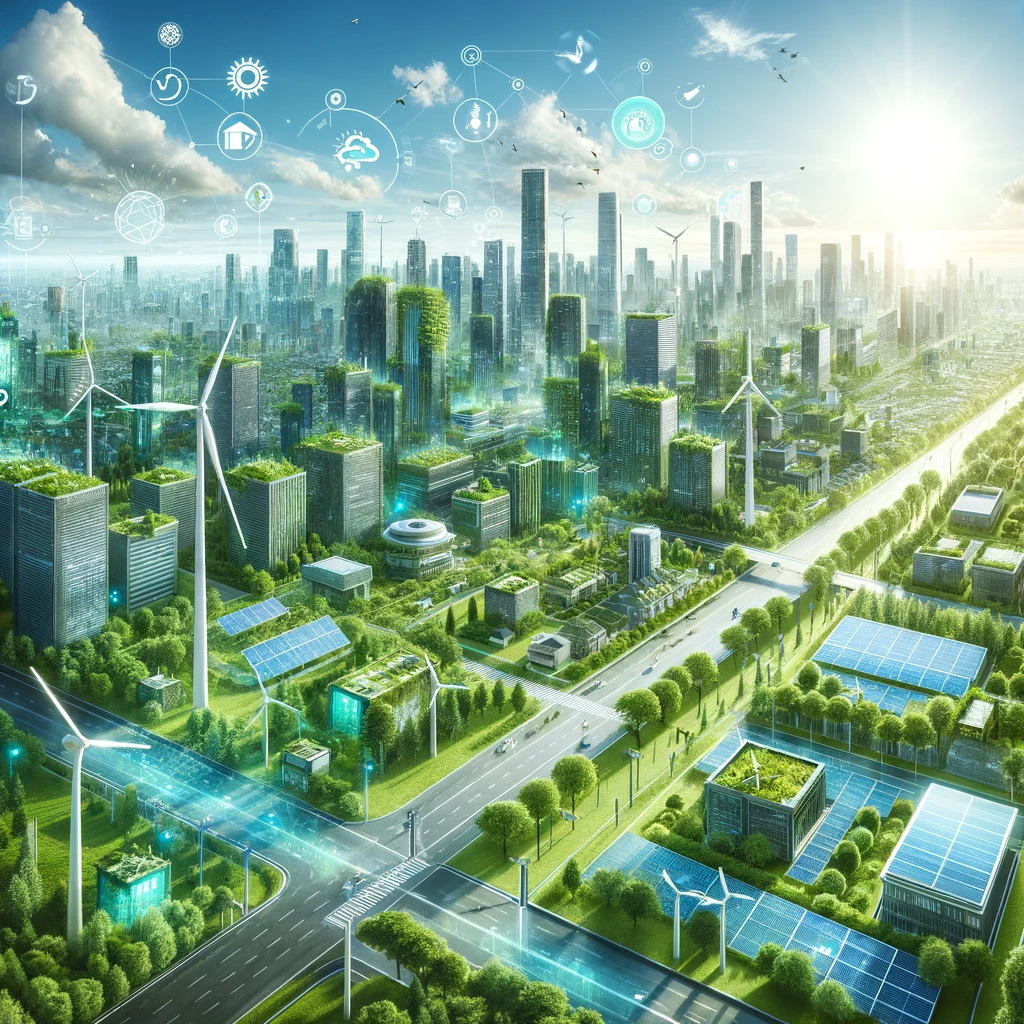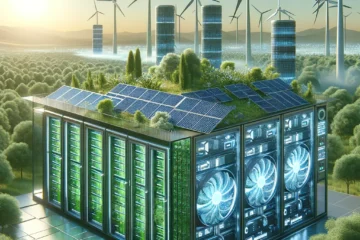Air quality in urban areas has long been a concern, affecting not just environmental health but also the well-being of millions. The concept of ‘smart cities’ has emerged as a beacon of hope in this scenario, leveraging technology to combat air pollution. This article delves into how smart cities are using cutting-edge pollution reduction technology to enhance air quality, focusing on the intersection of green technology, sustainability, technological advancements, and smart city innovations.
Green Technology: Pioneering Clean Air Solutions
The integration of green technology in smart cities is crucial for improving air quality. Innovations like advanced air purification systems and pollution-absorbing building materials are becoming more prevalent. These technologies not only reduce pollutants but also contribute to the overall sustainability of urban environments. By embracing green solutions, smart cities are setting new benchmarks in environmental responsibility and public health protection.
Innovative Air Purification Systems
Recent advancements in air purification technology have seen the development of more efficient and cost-effective systems. These systems are capable of filtering out a wide range of pollutants, including fine particulate matter, which is a major contributor to poor air quality in urban areas.
Eco-Friendly Building Materials
The use of pollution-absorbing materials in construction is another significant stride in green technology. These materials, such as smog-eating concrete, can absorb harmful pollutants from the air, thus actively contributing to cleaner urban atmospheres.
Renewable Energy Integration
Renewable energy sources like solar and wind power are increasingly being integrated into smart cities. This shift not only reduces dependence on fossil fuels but also significantly cuts down the emissions contributing to air pollution.
Sustainability: A Core Principle for Healthier Cities
Sustainability in smart cities goes beyond environmental conservation; it’s about creating a balance between growth and the health of city dwellers. Sustainable practices, such as efficient waste management and green transportation, play a pivotal role in reducing air pollution.
Efficient Waste Management
Innovative waste management techniques, such as automated waste sorting and recycling processes, help in minimizing waste-burn emissions. These practices are essential for reducing air pollution and promoting a circular economy.
Green Transportation Initiatives
The adoption of electric vehicles (EVs) and the development of efficient public transportation systems are crucial in reducing vehicular emissions. Smart cities are increasingly investing in EV infrastructure and encouraging public transit use.
Urban Green Spaces
Expanding and maintaining urban green spaces is a sustainable strategy that significantly improves air quality. Plants and trees naturally filter pollutants, making these green zones vital lungs for cities.
Technological Advancements: Revolutionizing Air Quality Monitoring
Advancements in technology have led to more sophisticated air quality monitoring systems. These systems provide real-time data, enabling swift responses to pollution hotspots and helping in effective policy formulation.
Real-Time Monitoring Systems
The deployment of IoT sensors throughout the city allows for the real-time tracking of air quality. This data is crucial for identifying pollution sources and implementing timely interventions.
Data Analytics in Pollution Management
Big data analytics plays a key role in understanding air quality trends and predicting pollution levels. This information is vital for planning and executing pollution control measures.
AI-Driven Predictive Models
Artificial intelligence is being used to create predictive models that forecast pollution levels. These models help in preemptive planning to mitigate pollution before it reaches harmful levels.
Smart Cities: Integrating Technology for Cleaner Air
The concept of smart cities is central to the idea of using technology for pollution reduction. Smart city initiatives focus on integrating various technological solutions to create a cohesive system that enhances urban air quality.
Integrated Urban Planning
Smart urban planning involves the integration of green spaces, sustainable transportation, and pollution control technologies. This holistic approach is crucial for long-term air quality improvement.
Public Engagement Platforms
Technology also enables better engagement with the public. Digital platforms for raising awareness and encouraging community participation in pollution reduction efforts are becoming increasingly common.
Collaborative Efforts for Clean Air
Smart cities often involve collaborative efforts between government, industry, and the public. This synergy is essential for the successful implementation of air quality improvement initiatives.
Conclusion: A Breath of Fresh Air
The journey towards cleaner air in urban environments is complex but achievable with the right blend of technology, sustainability, and community participation. Smart cities are at the forefront of this endeavor, using innovative solutions to tackle air pollution. By continuing to invest in green technology and sustainable practices, we can look forward to breathing cleaner, healthier air in the cities of the future.




